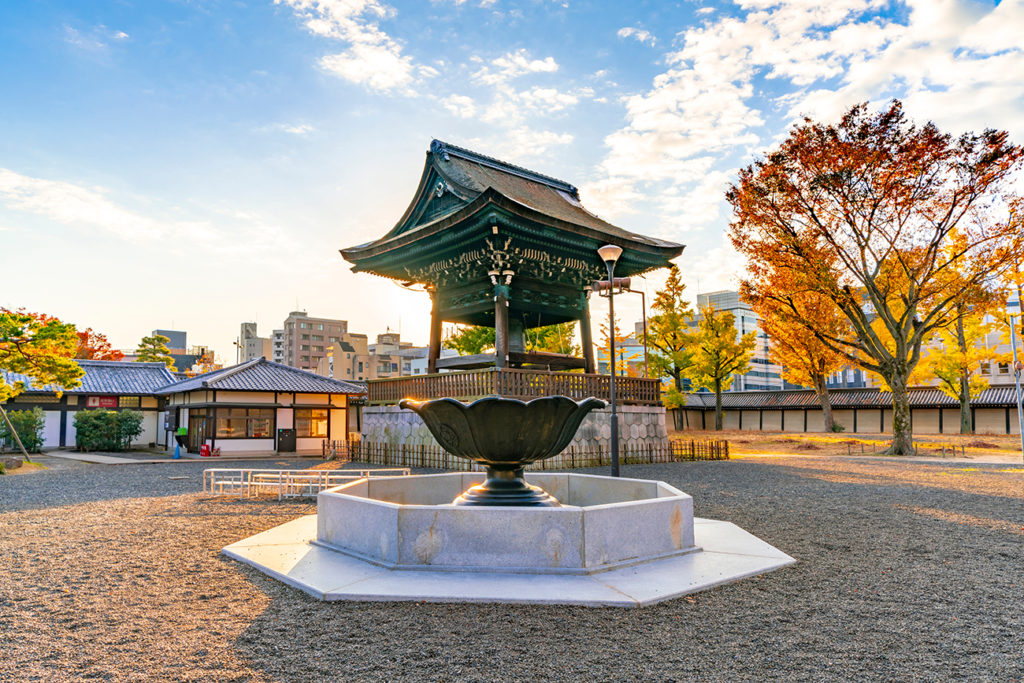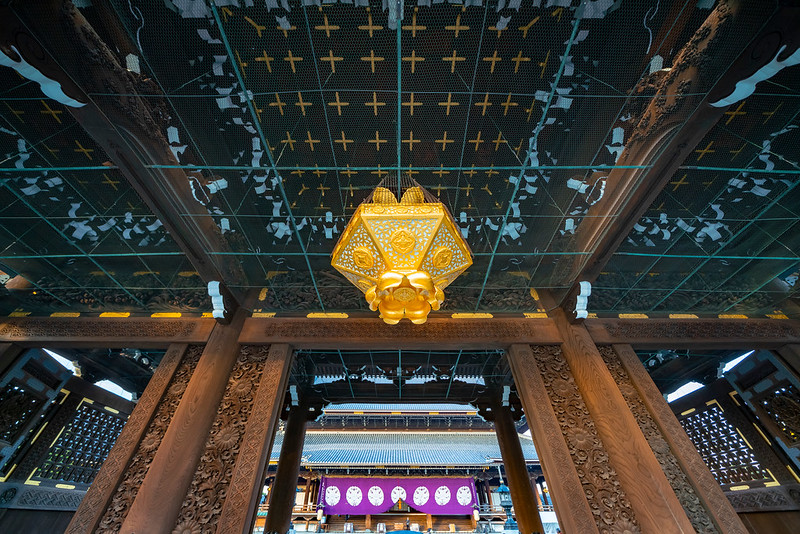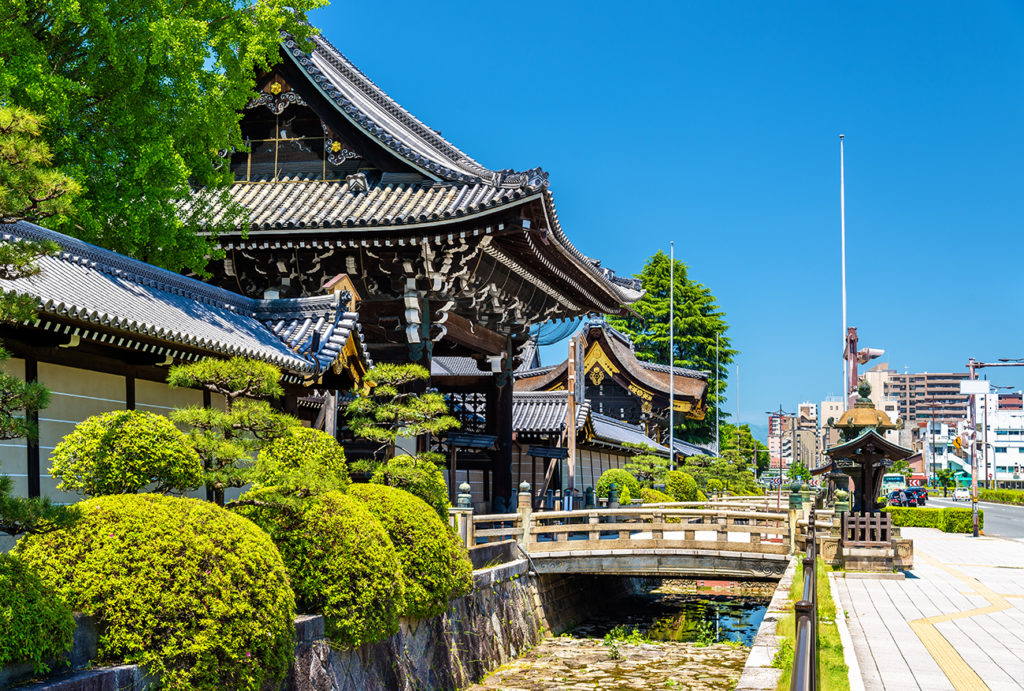
The Intriguing Hongan-ji Temple and its Ropes of Hair
Hongan-ji (本願寺 ), Higashi Hongan-ji or Temple of the Primal Vow, is the main school of Jōdo Shinshū Buddhism. Also on the site lies the Otani Mausoleum, where Shinran, the founder of Jōdo Shinshū, was buried.
It is one of the places that shows us the culture and history of Japan. Hongan-ji Temple also has an intriguing gem of an oddity on display that attracts visitors from all around the world. Ropes made of hair encased in glass!
Hongan-ji – Temple of the Primal Vow.
Jōdo Shinshū is also known as The True Essence of the Pure Land Teaching and Shin Buddhism is a school of Pure Land Buddhism. It was founded by the former Tendai Japanese monk Shinran and is considered the most widely practiced branch of Buddhism in Japan. ‘Hongan-ji’ refers to any one of several temple buildings associated with the tradition.
The Hongan-ji was established as a temple is 1321 and is dedicated to the worship of Amitābha (Amida), a celestial buddha according to the scriptures of Mahāyāna Buddhism. Shinran’s great grandson was the first chief priest of the temple and was the third spiritual leader (monshu).
The Hongan-ji began to gain power and importance in the 15th century under the eighth monshu, Rennyo. Since the Tendai based on Mount Hiei saw the growing Hongan-ji as a threat, it was attacked thrice by Sōhei’s army.
Higashi Hongan-ji
Rennyo fled and established a new temple compound. Oda Nobunaga during the Sengoku period also feared the power of the monks of the Hongan-ji and tried to destroy the temple. In 1602 under the reign of Tokugawa Ieyasu, he ordered Hongan-ji to be split in two: Higashi Honganji and Nishi Honganji.
Nishi Hongan-ji
Higashi Hongan-ji’s original temple complex was burned down a number of times. Its main temple in Kyoto was last rebuilt in 1895. The temple complex of today is one of the world’s largest wooden structures. The two main halls of the temple complex, Founder’s Hall and Amida Hall, required hoisting and moving massive wooden beams.
This required rope strong enough to be able to do the job, nearly an impossible feat at the time. The women devotees thought of an ingenious solution to solve the problem. They agreed to band together and cut their long hair, and braided it together to create thick and strong rope that was able to support the heavy beams.
Some of the hairy rope is on display at the temple under glass. That’s what you call true devotion!
Learn more about Hongan-ji:



